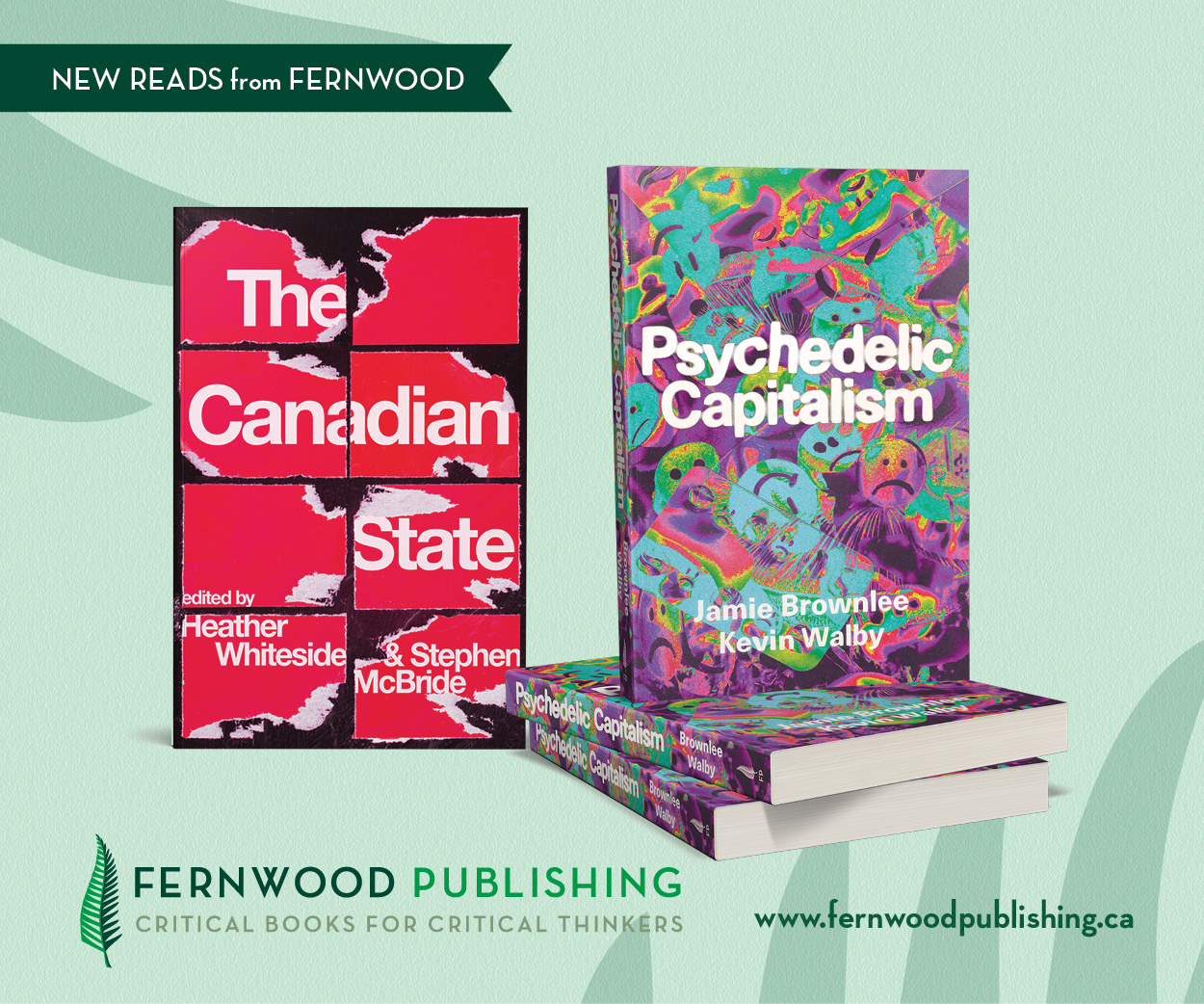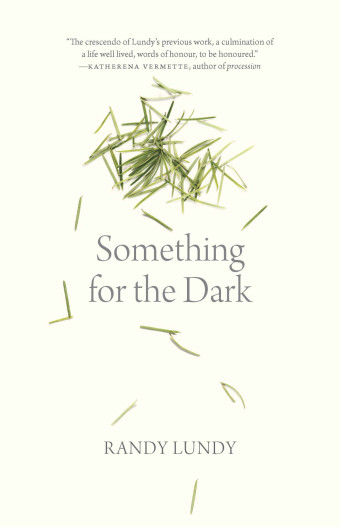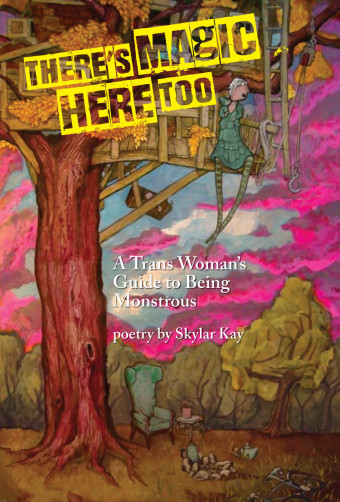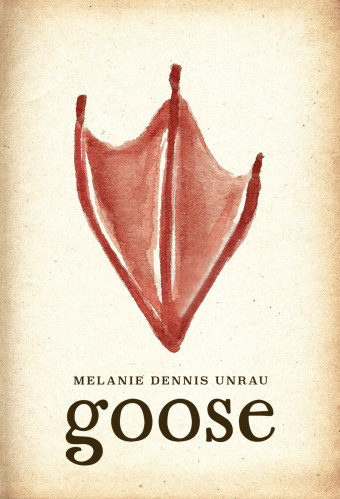Poems and photographs play off of each other to shed light on human existence in Sixty-Seven Ontological Studies: 49 Poems & 18 Photographs by long-time friends Jan Zwicky and Robert Moody.

- Sixty-Seven Ontological Studies
- Jan Zwicky, Robert Moody (Illustrator)
- Freehand Books
- $24.95 Paperback, 80 pages
- ISBN: 978-19-90601-09-5
Zwicky and Moody met in the 1980s. They first collaborated when they paired Moody’s photographs of Spanish sculptor Josep Maria Subirachs’s Passion Façade with Zwicky’s English free-verse versions of sonnets from Italian Renaissance poet Vittoria Colonna’s Rime Spirituali. In 2020, Barbarian Press published Fifty-Six Ontological Studies, a shorter limited edition of this new collection.
Both Zwicky and Moody seek to explore reality in their respective mediums.
“The word ontology comes from the Greek word onta, which means ‘the things that actually exist; reality, truth,’” says Zwicky, who lives on Quadra Island just off the coast of B.C. “In composing the poems, I was attempting to pay attention to reality, and it seems to me that this is very much what Robert achieves with his photographs: attention to reality.”
Moody, who divides his time between Pasadena, Calif., and Victoria, B.C., further explains the thinking behind the collection. “There was never any intention that poems and photographs would be representations of each other. To our minds, the poems and the photographs are separate entities. Each poem and each photograph is an ontological study in its own right and speaks for itself.”
These photographs and poems both capture the essence of the objects, feelings, places, and moments that make up human experiences. Moody’s attention to the contrast between light and shadow, together with Zwicky’s prevalent themes of nature, illuminate humanity’s constant search to find meaning.

“In some sense, one can say that photography is all about light. The beauty of a good black-and-white print is the wonderful gradation of texture and tone that light and shadow can express. And those rare moments when light, form, and texture are all alive can be quite magical,” says Moody.
Zwicky says, “Human beings, like other animals, are aspects of the natural world. This is inescapable. And the structures of the natural world have formed human intelligence, just as they have formed other species of intelligence on this planet. Those structures, then, are one of the deepest sources of meaning.”
For Zwicky, nature has been a source of inspiration since she first started writing.

“I was amazed, when I rediscovered [my first published poems] a few years ago, to see that my themes hadn’t changed,” she says. One poem published when she was 15 was about the environmental devastation of the planet.
Together, the poems and photographs create spaces for readers to pause and absorb the images on the page.
“Personally I am very attracted to the idea of photographs alongside text,” says Moody. “I like the way these pairings make you stop.
“It is really best when the text and image are evidently sympathetic, but there is no obvious connection, for it is then that you have the freedom to be creative, to dream a little, and perhaps to find depths that are entirely personal. That is certainly my hope for the book.”













